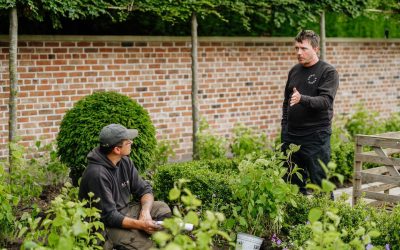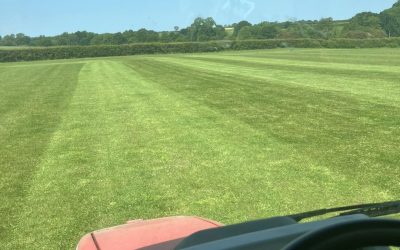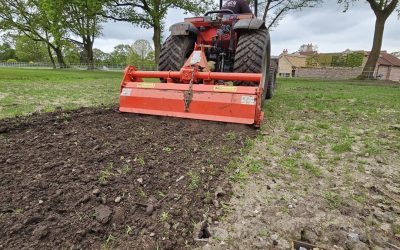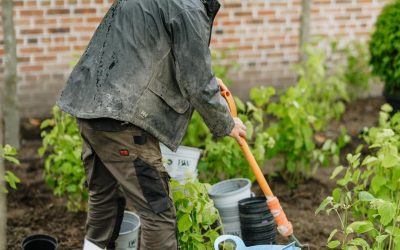As the winter season approaches, it’s essential for horse owners to prepare their paddocks for the challenges that lie ahead. While the winter may not be the most active growing season for your pasture, it’s crucial to engage in regular maintenance to ensure your horse’s paddock remains in the best possible condition. In this blog, we’ll explore some key steps for horse paddock maintenance in Cheshire during the winter months.
Encourage Drainage
During winter, the colder weather can lead to soil becoming hard and compacted. This presents a significant challenge for your paddock, as it hinders the absorption of rain, melting snow, and frost into the ground. To mitigate this issue, it’s vital to promote proper drainage within your paddock.
Here’s how you can do it:
Aerate the Soil: Use aeration equipment to break up compacted soil, allowing water to infiltrate more easily.
Install Drainage Systems: Consider installing drains or ditches in low-lying areas to direct excess water away from the paddock.
Avoid Overgrazing: Overgrazing can exacerbate soil compaction, so monitor the number of horses in each paddock to prevent damage to the sward.
Maintaining good drainage is key to ensuring the longevity and health of your pasture.
Fencing and Basic Maintenance
Winter presents an excellent opportunity to assess the condition of your paddock’s fencing and engage in essential maintenance. Here are some tips to consider:
Inspect Fencing: Examine all fencing to identify and repair any damage or weak spots. Sturdy fencing is essential to ensure the safety of your horses.
Plan Layout: Evaluate the layout of your paddock to determine if it’s optimised for your horse’s needs. Adjust based on your experience from the previous year’s grazing rotation.
Clear Debris: Remove any debris, fallen branches, or other obstacles that could pose a hazard during winter. A clean paddock is a safe paddock.
Taking care of fencing and making necessary layout improvements during the winter will set the stage for a successful year ahead.
Manage Stocking Density
During the winter months, it’s crucial to control the stocking density of horses in your paddocks. Overstocking can lead to overgrazing, which can be detrimental to the health of your pasture. Here’s how you can manage this effectively:
Rotate Grazing Areas: Implement a rotational grazing system to prevent overgrazing in a specific area. Move horses to different paddocks periodically.
Monitor Sward Health: Keep an eye on the condition of your sward (the grass and plants in your pasture). Avoid letting horses graze in the same area too extensively during the winter when soil nutrients are limited.
Provide Supplementary Feeding: If necessary, supplement your horses‘ diet with hay or feed to reduce the pressure on your paddocks.
Proper stocking management is essential to maintain a healthy and sustainable pasture throughout the winter.
Fertiliser and Grass Seeding for Spring
While winter may not be a time for active growth, it’s an ideal season to prepare for the upcoming spring. Here’s what you can do to ensure a bountiful and healthy grazing experience in the spring:
Assess Fertiliser Needs: Evaluate your paddock’s nutrient levels and order appropriate fertilisers to enrich the soil. Proper fertilisation will encourage grass growth when the weather warms up.
Seed Grass for Regrowth: Consider seeding areas that may need grass re-establishment or repair. This proactive approach will ensure your pasture is lush and thriving when spring arrives.
Preparing in advance will help you enjoy a green and nutritious paddock for your horses as soon as the weather permits.
Struggling to Maintain Your Paddock in Cheshire?
Winter paddock maintenance is essential for the well-being of your horses and the longevity of your pasture. If you are struggling to keep on top of your paddock maintenance in Cheshire, speak to Acorn Landscape Services today. We have the experience and equipment to keep your paddock in top condition throughout the seasons.




